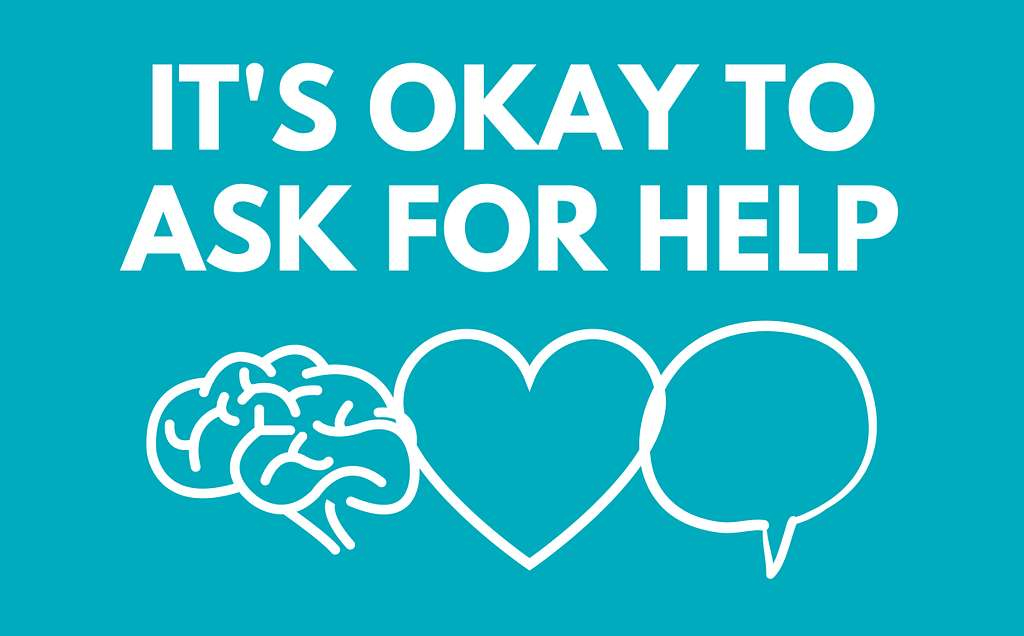
Education is not just about filling minds with facts and figures; it is about shaping individuals. When teachers focus on student well-being, they recognize the human element of education. It is about nurturing academic excellence, emotional intelligence, resilience, and overall mental health. After all, a healthy mind is a thriving mind.
WE Teachers
WE Teachers is a platform initiative designed by the WE organization. WE teachers specifically focus on providing educators with resources, tools, and support. The program empowers teachers to incorporate social and emotional service learning into their classrooms.
In addition, WE Teachers provides free resources, professional development opportunities, and a community for educators to connect and share ideas. The goal is to equip teachers with the tools to inspire their students to become active, compassionate, and engaged citizens. The program emphasizes the importance of academic and social development, fostering a sense of social responsibility among students.

Breaking the Stigma
WE Teachers has added a module where teachers can get ideas to teach about student well-being in the classrooms. Teaching student well-being helps break the stigma surrounding mental health. By incorporating discussions about emotions, stress management, and seeking help when needed, teachers and educators foster a culture where it’s okay not to be okay. This openness reduces the fear of judgment, encouraging students to reach out for support when needed.
WE Teachers Mental Well-Being Module
Teachers and educators can use this module to incorporate student well-being in the classroom. The module shows you how to understand the issue with facts, statistics, definitions, and protective and risk factors. In addition, it discusses the common mental health challenges and conditions that students can encounter in school, like stress, grief, loneliness and isolation, self-harm, body issues, etc. The module can be beneficial for teachers and educators to use in the classroom because it brings social-emotional learning, where to get help for students, self-care tips and tools, and worksheets to use for activities to make sure how the students are feeling.

Building Resilience
Teachers and educators need to do mental health checks on their students to make sure they are doing okay. You are fostering resilience by equipping them with tools to navigate how they feel emotionally. Resilient individuals bounce back from difficulties, learn from experiences, and confidently face the future.
Creating a Positive Learning Environment
Imagine entering a classroom where you feel valued, supported, and safe expressing yourself. That is the power of a positive learning environment, starting with prioritizing well-being. When students feel mentally and emotionally secure, they are more likely to engage in learning, ask questions, participate, and collaborate with their peers. In addition, when students feel safe, it can boost their academic performance. They can concentrate better, retain information effectively, and perform well in exams.
How Would I Incorporate Teaching Student Well-Being In My Classroom?
Talking about mental health in the classroom is a valuable and important subject. Some tips to approach the topic with sensitivity and effectiveness that I would use in my classroom include:
- Creating a Safe Space: I would establish that my classroom is a safe and judgment-free zone. Everyone can share their thoughts and feelings if they are willing to.
- Choosing the Right Time: I would introduce the topic during a calm and open discussion time. It is crucial to avoid addressing it right before a test or in a rushed setting.
- Normalizing the Conversation: I would incorporate discussions about mental health as a regular part of my classroom because it helps reduce stigma and make it a more comfortable topic.
- Use Resources and Encourage Questions: I would discuss different resources like articles and videos that provide expert insights on mental health as they add credibility and diversity to the conversation. I would also let my students know it is okay to ask questions.
- Offer Support: I want to clarify to my students that I am here to support them. I would provide information about available resources, such as school counselors or myself, and emphasize the importance of seeking help when needed.
Conclusion
Teaching student well-being is an investment in the present and future of students in a classroom. By putting their mental and emotional health first, teachers and educators are not just shaping successful individuals academically but resilient, empathetic, and well-equipped individuals ready to tackle the complexities of life. It is essential to teach about mental health because it is part of our everyday lives. With WE Teachers’ resources, we can talk about mental health with students and tell them it is okay not to feel okay. After all, it is not just about the grade; it is about the journey and how there is always a light at the end of the tunnel.
Make sure to follow my Twitter (X) account: @taliana_ayala